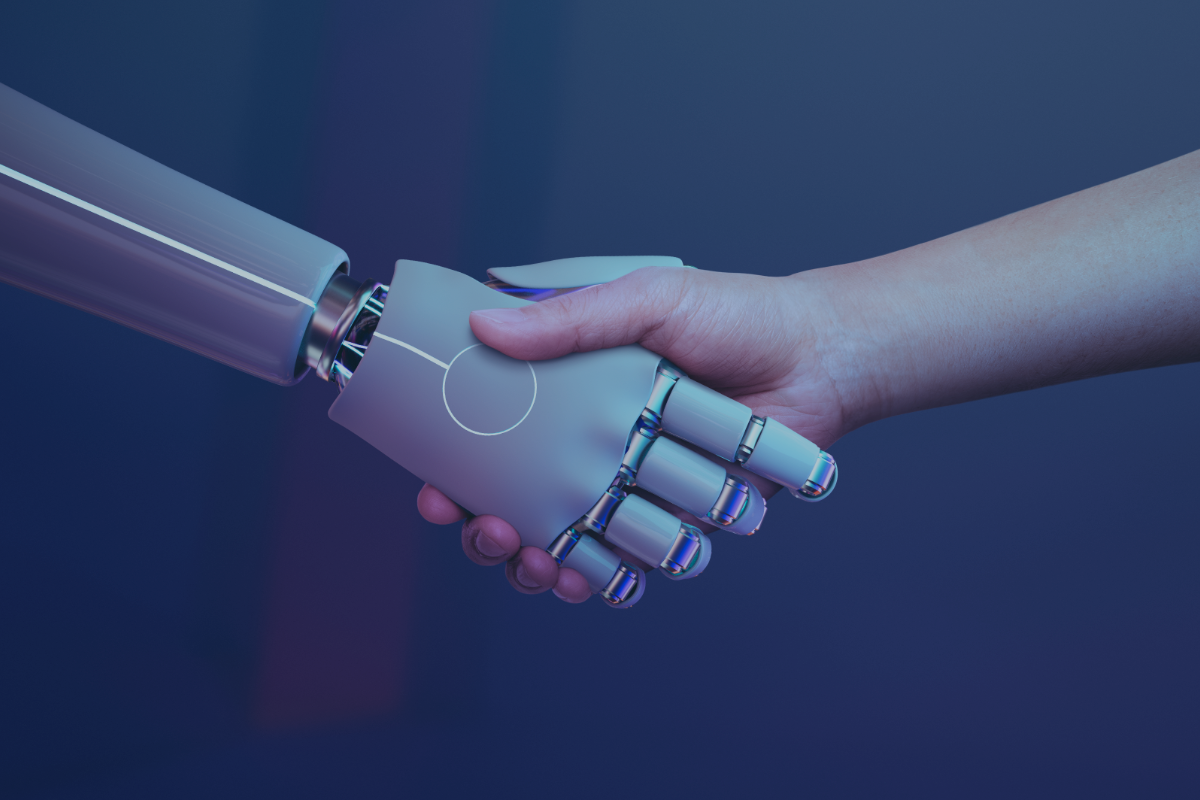Collecting past- due debts has become the common challenge for most of the businesses. Tracking down unpaid debts is yet another critical task that should be applied to a long list. When it comes to chasing off unpaid B2B payments, you need to rely on mails and telecommunication to derive payments from customers, while managing the data over excel files.
In most of the cases, debt collections strategies remain complex, ineffective and outdated. In today’s fast-paced digital world, customers prefer flexibility, accessibility and choice. To settle and recover a loan, lenders must formulate proactive and well-considered debt collection strategies. A well-thought debt collection strategy aided by technology would save time, reduce costs, and optimize resource efficiency.
This is where Artificial Intelligence (AI) and Machine Learning (ML) come into the spotlight. Over the past couple of years, debt collection industry has been disrupted by AI and ML. Artificial Intelligence and Machine Learning technologies have become the center piece of strategic decision making for most of the organizations. It enables businesses to optimize their debt collection strategy and reduce average days sales outstanding (DSO).
Let’s see how AI and ML optimizing the Debt Collection Process:
1. PREDICTION OF DELINQUENT ACCOUNTS
According to the recent studies, one of the key factors for accounts being overdue is the inability of lending institutions to recognize stressed accounts that are likely to default. The AI platform analyzes hundreds of parameters of structured and unstructured data in real time to predict who is likely to default and thus warn the lender. Thus, lenders will be able to develop recovery plans and follow-up on such customers and thereby recover the loan, while enhancing the customer experience.
2. UNDERSTANDING AND CATEGORIZING BORROWERS
AI and machine learning have the potential to transform how lenders understand their borrowers. Unlike the conventional model, which categorizes borrowers by industry, data-driven machine learning will illustrate what makes a borrower unique within specific market segments.
Through AI and machine learning, lenders can build a strong customer profile to identify which borrowers are likely to resolve delinquencies on their own and which need proactive approach, such as loan restructuring or modified repayment terms. As AI continues to identify and segment the account profiles based on the intent and borrower risk, lenders have been started evaluating clients based on their individual attributes rather than specific business segments.
3. DEFINING A COLLECTION STRATEGY AND ENHANCING COMPLIANCE
Most of the financial institutions develop collection strategies that are specific to their particular business objectives and IT infrastructure. Depending on their digital expertise, they build and incorporate more complex recovery models using in-house data and resources or with third-party assistance.
Regardless of approach, AI based collections platform helps businesses to identify the best times and channels to contact consumers. This process results in higher retention and repayment rates than repetitive phone calls.
4. PERSONALIZING CUSTOMER INTERACTION
Obtaining and tracking costumer data from different sources is a time-consuming process. However, this is essential for successful debt collection. For example, a customer’s bank account unexpectedly stops receiving salary payments, implying a job transfer or even a job loss. Such information can be used by the collection department to contact the customer and provide proactive financial assistance.
During these circumstances, financial institutions can use machine learning to conduct a consumer profile review and determine the most suitable mitigation technique for particular consumers, such as delinquent mortgage or motor vehicle customers, to avoid loss of ownership. After that, intelligent bots can be deployed to carry out the chosen strategy.
Bottom Line
As AI and machine learning continue to modernize debt collection, both lenders and borrowers can see substantial benefits. The enhanced ability to understand, identify and interact with borrowers can reduce exposure to losses by effectively addressing past-due accounts. Furthermore, more proactive and effective customer outreach will assist both household and company creditors in better managing debt in order to reduce defaults, avoid additional penalties, credit markdowns, and potential insolvency.




